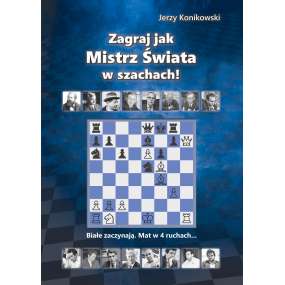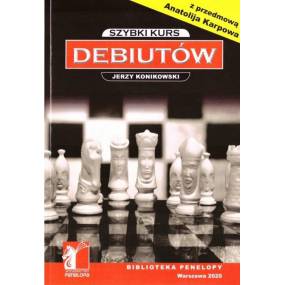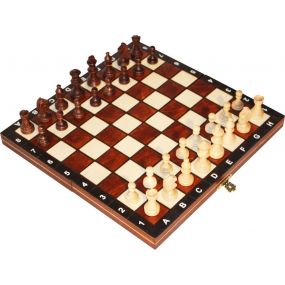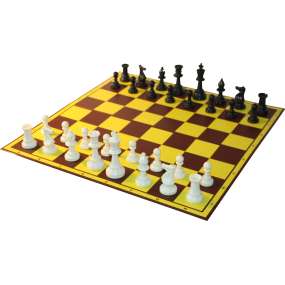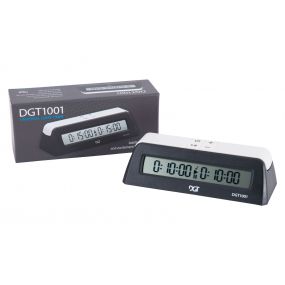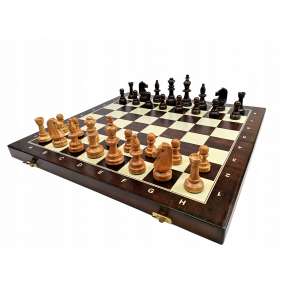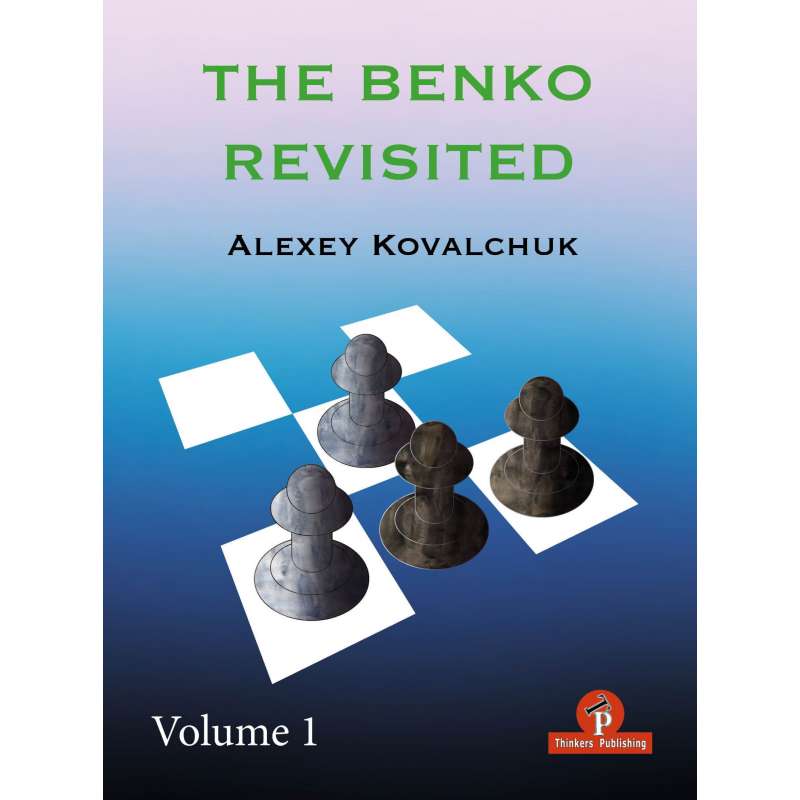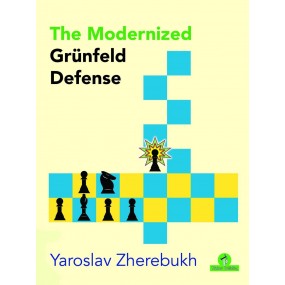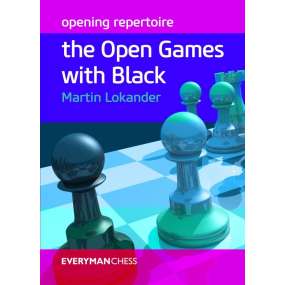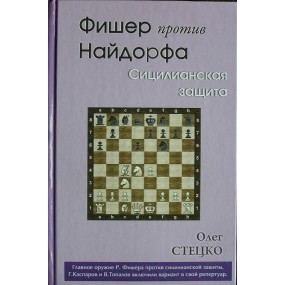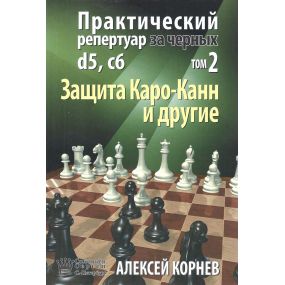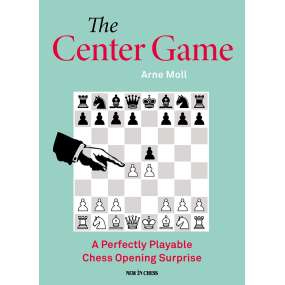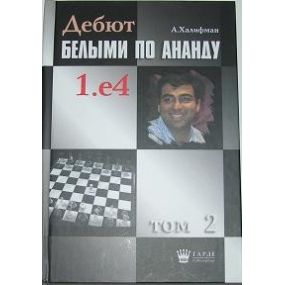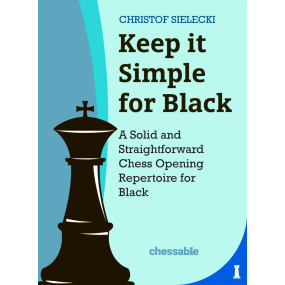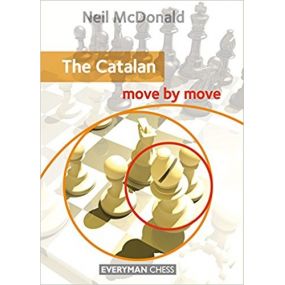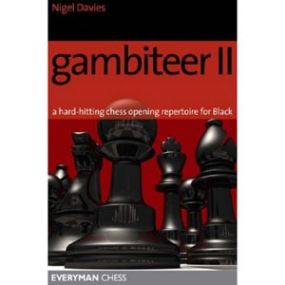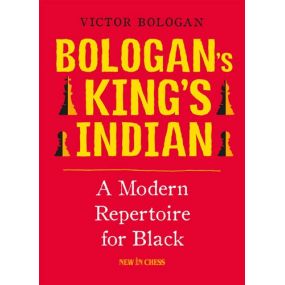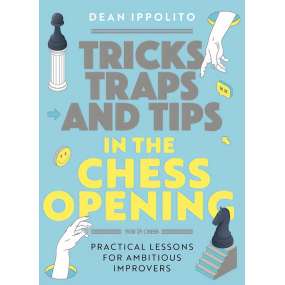In addition, in this book’s pages you will find tons of novelties not seen in practice, and in many of the lines I offer strong improvements. Many sources were reviewed, where the authors defended certain options from White’spoint of view, while I defended Black’s side. In addition, this book has absorbed my attitude and approach to various positions, and I have been analyzing the Benko Gambit for more than 10 years! I wanted to approach each position from the point of view of a human, as close as possible to a practical game. In addition, even if this book becomes outdated at some point, I am sure that it will always be possible to improve the variations – but the backbone of studying this opening can be taken from this book; this is normal work on chess.
~ Alexey Kovalchuk
My acquaintance with and attitude to the Benko Gambit.
Dear reader, I am delighted to present you with the first part of my work on the Benko Gambit. I hope that my work will help you achieve great results in your own games, but to begin with I would like to tell you about my first acquaintance with this wonderful, dynamic opening.
I learned to play chess quite late, at the age of 12. From my first acquaintance with chess, I was often drawn to sharp games and I really liked bringing the bishop to g7. I felt the dynamic potential of this piece and I began to use the King’s Indian Defense, then I became more and more interested in other interesting constructions, such as the Modern-Benoni and Grünfeld Defense. For a long time I was skeptical about the Benko Gambit, ever since the book by Boris Avrukh – Grandmaster Repertoire 2 – 1.d4 volume 2 – was published. It was 2010 and at that time, I took every author’s word for it and never tried to refute any analyzes, so I was suspicious of the Benko Gambit for a long time.
Everything changed in 2012, however, as the wonderful book Attack with Black by Ukrainian Grandmaster Valeriy Aveskulov was published; I was amazed by this book. I liked the lines suggested by the author; besides, there were improvements in Avrukh’s recommendations, and therefore, comparing the analyzes, I realized that playing the Benko Gambit is not only interesting, but also fun. I started playing this opening and the results were good. But then I lost a game to Dmitry Elizarov, a FIDE master from Rostov-on-Don, and this greatly influenced me. And then other opening tutorials came out that interested me with other possibilities of playing for Black. Well, the final knife in the back of the Benko Gambit was dealt by Alexey Kornev’s book “Practical repertoire for White, Volume 3”, in which the author chose the main line and recommended 12.а4 (This will be discussed in the second volume of Benko Gambit Revisited).
For many years I abandoned the Benko Gambit, considering it an incorrect opening. But the years passed, I still had great faith in any chess author, and I did not even work fully with the ChessBase program: I didn’t have any real chess analysis of my own, I had only books and a lot of faith in the authors of these books. But then gradually insights began to occur in my head: I began to doubt more and more the ways suggested by the authors, and gradually I began to analyze more and more and I realized that I myself could analyze and offer excellent solutions. The next meeting greatly influenced my perception of the game and the opening approach.
In 2019, at a tournament in the city of Sochi, I met Timur Gareyev, the world record holder in blindfold chess. Timur is a very original grandmaster, one who likes to surprise his opponent with unexpected and rare variations. He analyzed his schemes a lot using cloud engines, and when I looked I realized that his approach was very interesting. I also began to analyze new schemes for myself and began to discover other chess ideas. In the fall of 2019, together with Timur Gareev, I played at a tournament in St. Petersburg. In one of the games, he used the Benko Gambit! I was surprised he played this variation, but Timur believed – and still believes – in this opening. In addition, he played the Benko Gambit at the 2021 World Chess Cup against the strong grandmaster Vladimir Fedoseev and ended up with a draw!
Therefore, I tried to analyze the Benko Gambit again. The analysis was greatly influenced by the Leela Chess Zero neural network. It was thanks to her that I believed in the Benko Gambit! Gradually analyzing more and more, I came to the conclusion that this opening is playable and Black’s resources are not exhausted. I started playing it again and I was especially good at using this opening in rapid and blitz. In chess with shorter time controls, the initiative is especially important, so the Benko Gambit proved to be especially good. Yes, we sacrifice a pawn, but we have a long-term initiative. So, gradually, the idea of creating this book was born to me though I did not remotely expect that it would be possible to write two books.
I was faced with different questions of how to play this or that line. Having spent a long time analyzing, it seems to me that I have successfully solved these problems. I am grateful to the chess publishing house, “Thinkers Publishing”, and in particular to its director, Daniël Vanheirzeele, who believed in my idea and ensured my work was published.
Any and every opening book is out of date. Unfortunately this is true and there is no getting away from it. But why do I recommend my book to you, dear reader? First of all, the lines are all analyzed very deeply. You do not have to turn on the engine and wait for the computer to produce a ready-made solution. Believe me, in analyzing this book, I used the most modern equipment, and thus the reader saves a lot of time. In our information age, time is very precious, and by buying my book you will gain at least time. I have spent a huge amount of my own time analyzing the various lines, but also commenting on the options especially for you, my friends.
In addition, in this book’s pages you will find tons of novelties not seen in practice, and in many of the lines I offer strong improvements. Many sources were reviewed, where the authors defended certain options from White’spoint of view, while I defended Black’s side. In addition, this book has absorbed my attitude and approach to various positions, and I have been analyzing the Benko Gambit for more than 10 years! I wanted to approach each position from the point of view of a human, as close as possible to a practical game. In addition, even if this book becomes outdated at some point, I am sure that it will always be possible to improve the variations – but the backbone of studying this opening can be taken from this book; this is normal work on chess.
~ Alexey Kovalchuk
SPIS TREŚCI:
004 Key to Symbols
006 Bibliography
007 Preface
013 PART I – Minor Systems Without 3.d5
015 Chapter 1 – Various 3rd Move Sidelines
049 Chapter 2 – 3.e3 d5 4.Nf3
103 Chapter 3 – 3.e3 d4 4.Nc3
159 PART II – 3.Nf3 – Transposition Into the English
161 Chapter 4 – Early Sidelines
201 Chapter 5 – Various 6th Moves
257 Chapter 6 – 6.g3
305 PART III – 2. Nf3 c5 3.d5 – The Anti-Benko
307 Chapter 7 – Various 4th Moves
325 Chapter 8 – 4.Bg5
341 PART IV – 2.c4 c5 3.d5 Toward the Mainline
343 Chapter 9 – Various 4th Moves
377 Chapter 10 – 4.Nd2
385 Chapter 11 – 4.a4 – Sosonko Variation
393 Chapter 12 – 4.Qc2
405 Chapter 13 – 4.Nf3



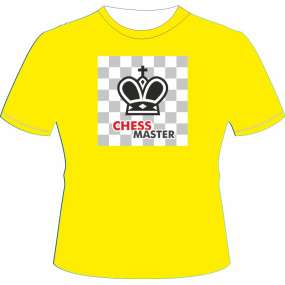
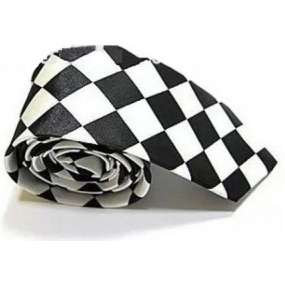
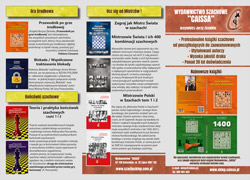
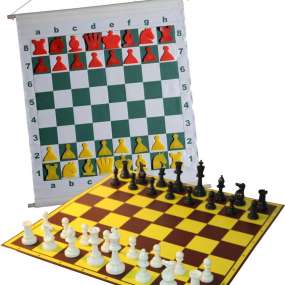

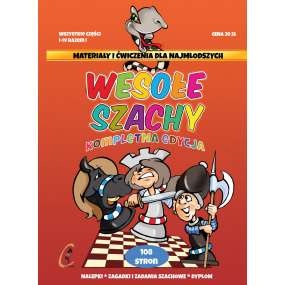
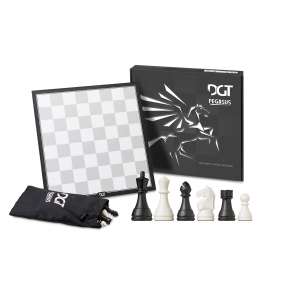
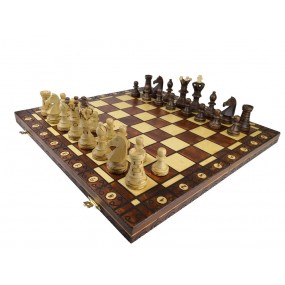
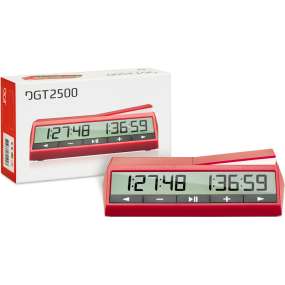
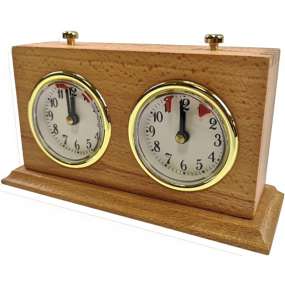
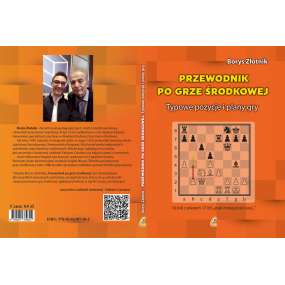





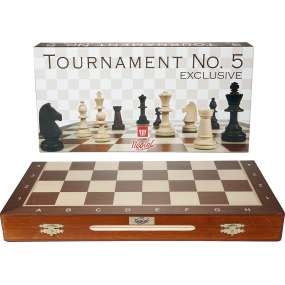
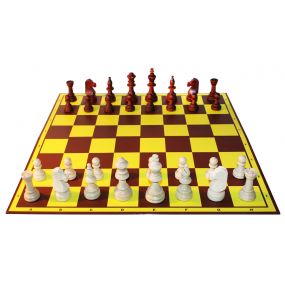

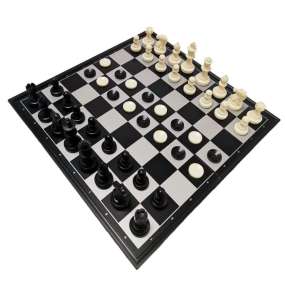

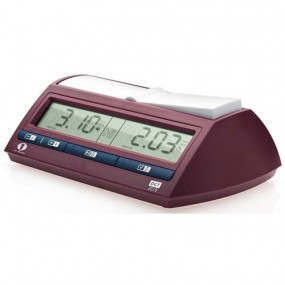
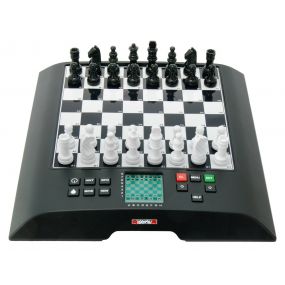


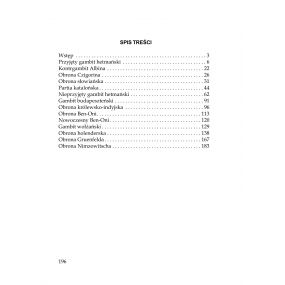
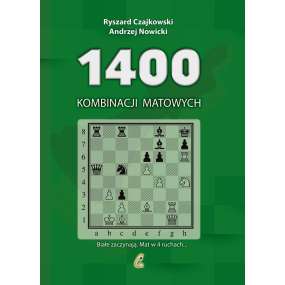




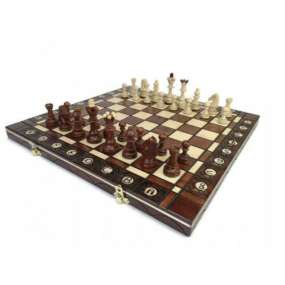



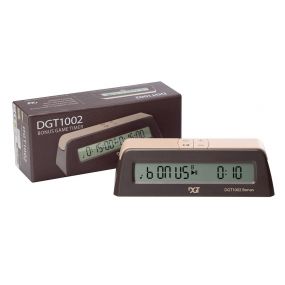


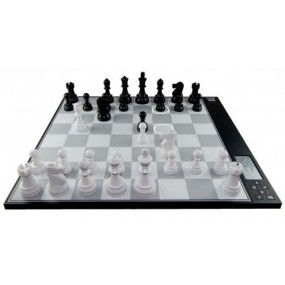


 Nowy elektroniczny zegar szachowy LEAP KK9908
Nowy elektroniczny zegar szachowy LEAP KK9908